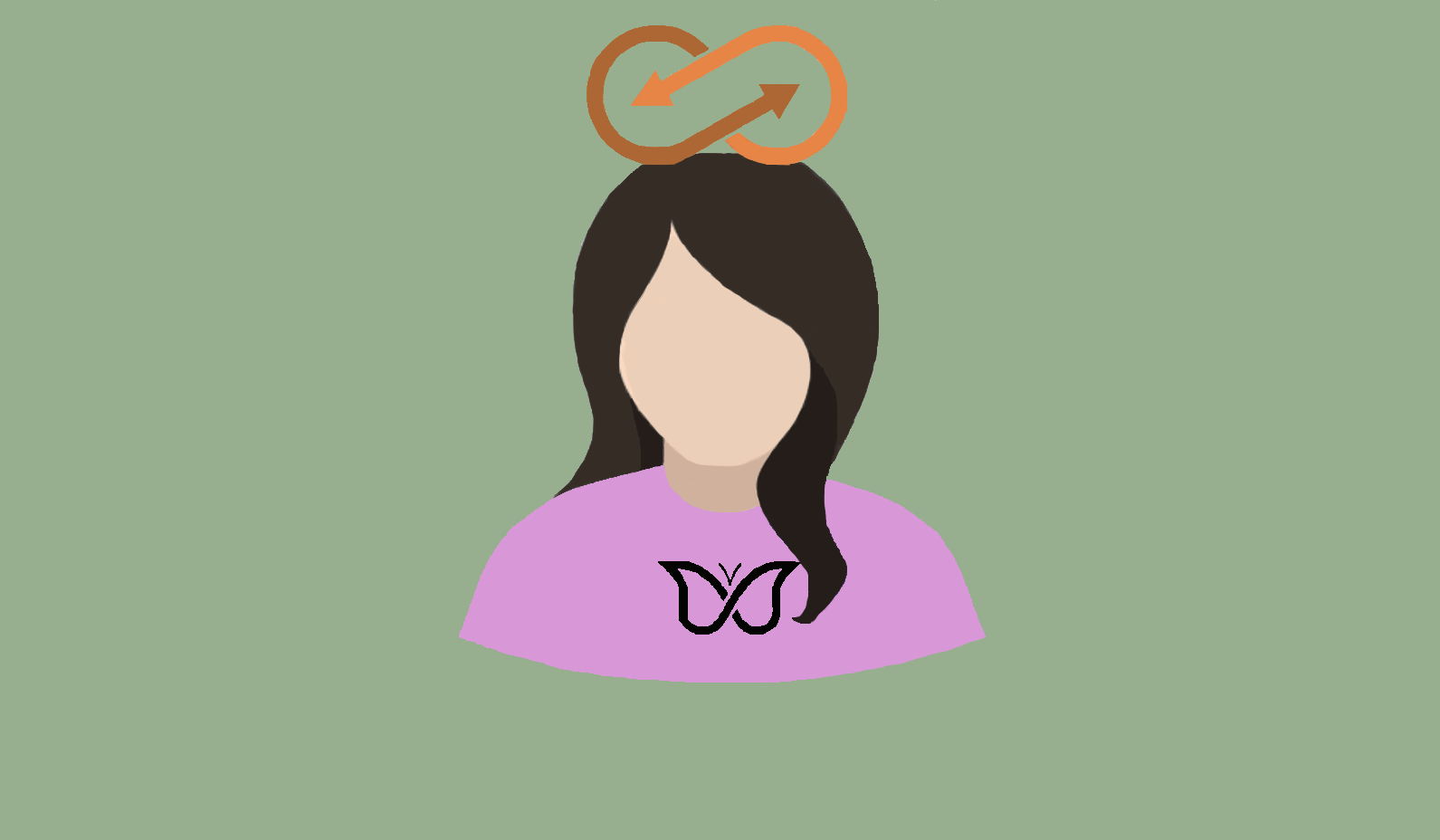By Julissa James
Editor in Chief
Mental illness is not prejudice. Black, white, brown, male, female or other, it has the ability to affect us all.
Although everyone’s experience is unique, there is a common trend connecting mental health disorders with young adulthood.
The reasons could be many: the crushing weight of learning how to become a “grown up,” the pressures of being a college student, the heavier pressures of life post-college (finding a job that won’t make you miserable like everyone else you know), the constant fear that you’re not making the absolute most out of your youth and you’ll be filled with regret (again, like everyone else you know), genetic pre-disposition, past traumas, the list continues.
According to the Substance Abuse and Mental Health Services Association, 75 percent of mental health disorders emerge by the age of 24. Most commonly, these illnesses manifest themselves as depressive or anxiety disorders.
These disorders are not visible; you don’t get a case of the sniffles when you’re dealing with depression, or a cast for anxiety. For this reason, there is a large, ignorant population that doesn’t see them as legitimate ailments and passes them off as “stress.”
Anyone who has ever been affected by mental illness knows the difference.
Mental illness does not show up as cuts and bruises on your skin, but it is painful and debilitating in an oftentimes deeper way. Unlike common physical injuries, you can’t just slap a Band-Aid on it and hope it heals on it’s own. It requires patience, consistency, honesty, and most importantly, treatment.
This is easier said than done for many struggling with their mental health.
According to the National Alliance on Mental Health, only 41 percent of adults with a mental health condition receive treatment.
To avoid the consequences of being stigmatized for mental health disorders, many young people forego treatment. Unfortunately, like other illness, if left untreated someone’s mental health can continue to decline, resulting in even bigger consequences.
Another reason young adults opt out of treatment may be the type of medical insurance they have — if they even have it — doesn’t cover the cost of psychological services.
As students, the Psychological Services Center offers 12 visits free of charge while attending CSUDH. This is enough to get started while exploring other options that agree with your financial situation.
The first step in seeking help should always be to see a professional. This doesn’t mean you go see a psychiatrist, receive a label of defectiveness and accept the fact that you’re broken. This means you get a better understanding of what’s going on in your mind from someone who knows what they are talking about, and from there, you decide what’s best.
This will look different for everyone. For some, seeing a psychologist regularly, taking some form of medication and exercising frequently may be where they find relief. For others, seeking alternative forms of therapy, filling their pantry with herbs that support mental wellbeing and practicing meditation might be the right path. For many, it could a combination of things.
Regardless of what an uninformed pocket of American culture wants you to think, mental illness is nothing to be ashamed of. Mental illness does not make you less of a person. It is not something you brought upon yourself. And it absolutely is treatable.
It doesn’t matter what kind of help you get, as long as you get it.


